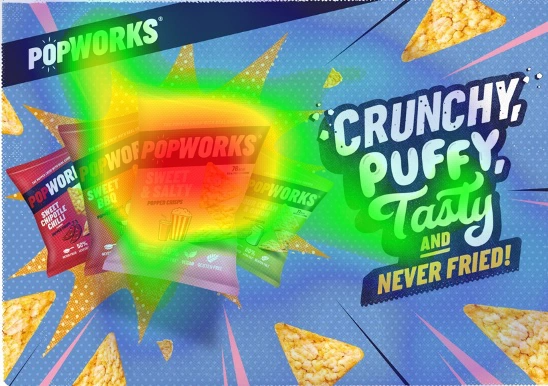The changing retail landscape
The retail landscape is undoubtedly going through a tumultuous period of change. Scarcely a week goes by without news of another high street staple closing or reducing their number of stores. With consumers now spending one in every five pounds online, it’s easy to assume that the everyone only shops online. However, is it all as dark and gloomy as it first appears?
Firstly, you can’t deny the growth of online. There has been consistent growth over the last few years with 71% of people now shopping online. By 2021 it is estimated that 2.14 billion people will be buying online. Not only are people buying online more but they are also using a variety of different touchpoints, from apps to mobile phones and desktop computers. Social media in particular has allowed brands to influence online purchase behaviour, disrupting offline spend. You only need to think of those ads that follow you around the web, nudging you to buy that new top, to understand how it has unsettled offline shopping habits.
The knock-on effect of this, amongst other factors, is store closures. In 2018 there were 2500 individual store closures from 500 retailers in the UK, a 40% increase year on year from 2017. Not a very reassuring picture so far. However, the high street and shopping malls still have a high spend and whilst there may be store closures across Britain, people are still spending, with 41% saying that they enjoy shopping for clothes. More than half of people feel that a specific clothing budget is important with the highest indexing age group being the ever fashion conscious 15-24s. Most surprisingly men tend to budget much more for clothing with an average of 400 or more showing that whilst they might not buy much, they will spend more when they do.
Retailers need to not look to emulate online but instead focus on what they do best. Offering unique, branded instore experiences that are still sought out by shoppers. For example, in recent years Lush has shifted away from opening new stores and instead focused on creating a more personalised shopping experience in its existing locations. The business has relocated about 50 stores per year to accommodate the greater footfall generated, with these larger stores showing a 30-50% increase in sales.
To stand out there has been a rise in the use of technology, for example mirrors in fitting rooms that alter a shopper’s appearance and helps them shop for potential outfits or allow them to post outfit picks to their social media to help then choose what to buy. There are other stores, such as Primark Tottenham Court Road, that play on the social aspect of shopping by introducing cafes and other interactive experiences such as a nail bar and hair salon to the retail experience.
The bottom line to all of this is that whilst the retail landscape is definitely changing, it is more of an evolution than a stagnation. The question is how can advertising help brands to navigate this evolution? As a medium OOH may be seen by many as a traditional channel that consistently drives real world behaviours, however it has also shown its ability to drive online interaction too, facilitating both online and offline shopping. In fact, Outsmart found that 66% of people who have been exposed to OOH take a smartphone action, linking up the offline and online worlds of retail. Of those smartphone actions 57% of them are actions from new or lapsed clients, demonstrating the potential for growth into new client bases whilst reinvigorating lapsed clients.
Additionally, from Talon’s Mindsets research we know that DOOH can be optimised by understanding people’s mindsets. The research indicated that optimum usage for fashion retail apps are mid-week and weekends with a particular skew to the evenings. Using DOOH there is an opportunity to plan in a smarter manner by either priming these moments or activating directly around these moments to promote online brand action.
However, we can’t forget that OOH by its nature, integrates with people’s everyday lives as they move through the world, meaning it can influence their real-world behaviours. This extends to driving footfall instore meaning you can drive action from various touchpoints. Recent analysis from OnDevice research looked at the relationship between claimed purchase intent and instore footfall after being exposed to OOH and found a near perfect correlation. Demonstrating the sheer power of OOH, it lends itself to Talon’s 4th Space project where we saw that FMDOOH not only works at the top end of the brand funnel driving awareness but also closing the brand funnel and driving consumers to take action.
Conclusion
In short, yes, the retail landscape is changing. There are store closures and whilst you cannot deny the effect of online shopping, there is still strong opportunity for brick-and-mortar shops to retain shoppers’ interest through technology and bespoke branded experiences. OOH offers the opportunity for retailers to not only drive online interaction, but to also drive continued instore footfall. With clear, clever use of FMDOOH, retailers can look to close that ‘action’ end of the brand funnel and enjoy the combined benefits of online and offline shopping.


